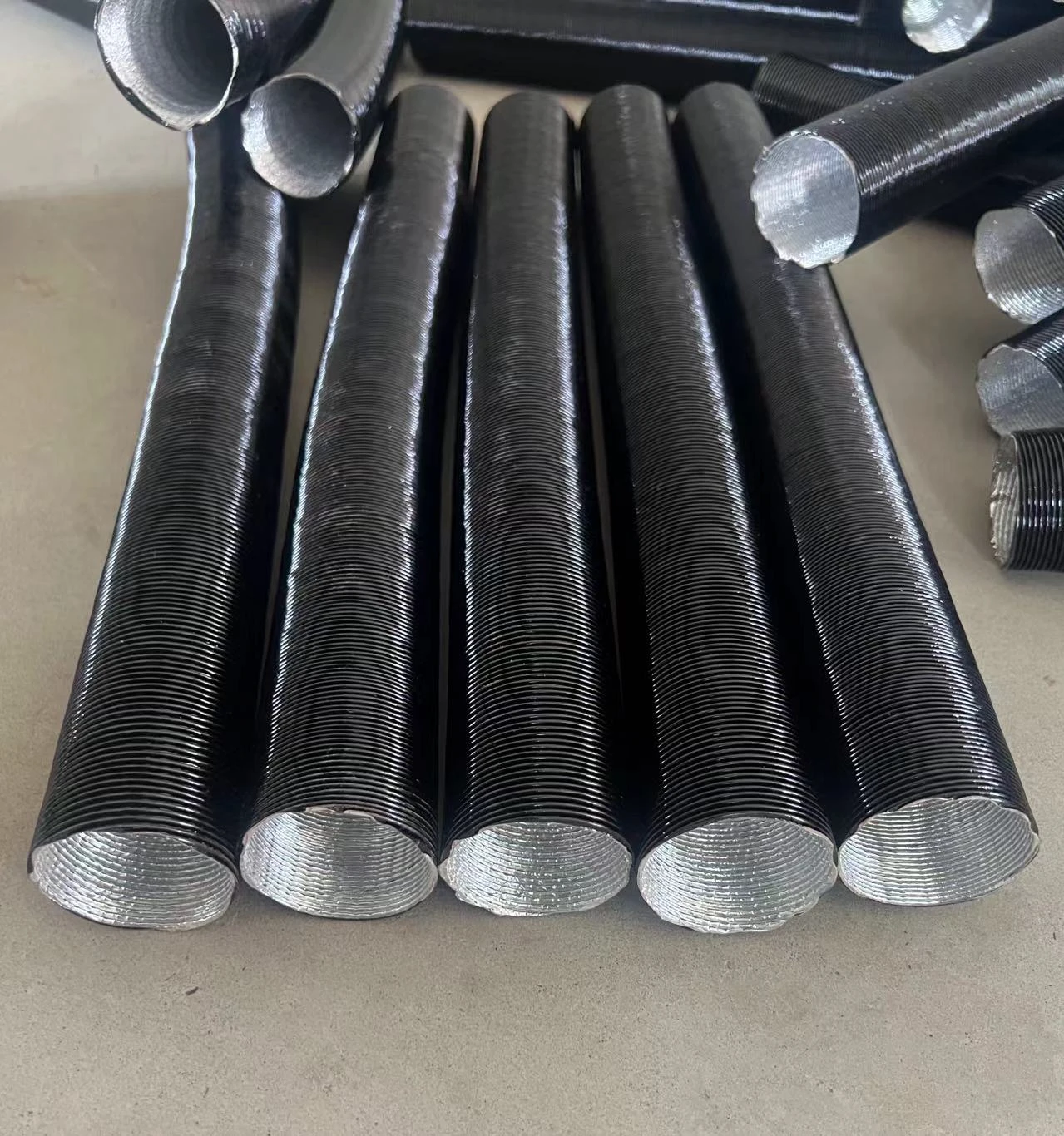Understanding the Importance and Function of Vacuum Hoses in Automotive Systems
Understanding Vacuum Hoses An Essential Component in Automotive Systems
Vacuum hoses play a crucial role in the functionality of various automotive systems. Often made of rubber, silicone, or a combination of materials, these hoses are designed to carry vacuum pressure from different components of a vehicle's engine or other systems. Understanding their importance and functionality can help car owners maintain their vehicles more effectively and recognize signs of wear or failure.
What is a Vacuum Hose?
A vacuum hose is a tube that connects different parts of an engine, typically linking components that rely on vacuum pressure to operate. These hoses are often found in systems that control emissions, regulate air intake, and facilitate various functions in the vehicle. Essentially, they help create a negative pressure within certain areas of the engine to enable smoother operation and optimal performance.
Functions of Vacuum Hoses
1. Emissions Control One of the primary functions of vacuum hoses is to assist in emissions control. They connect components of the evaporative emissions system, allowing the engine to reuse fuel vapors that would otherwise escape into the atmosphere. By directing these vapors back into the engine for combustion, vacuum hoses help in reducing harmful emissions.
2. Brake Systems Vacuum pressure is essential for the functioning of power brakes. Vacuum hoses connect the brake booster to the engine, creating the necessary pressure to help amplify the force applied to the brake pedal. This crucial function ensures that the vehicle can stop effectively and safely.
3. Idle Control Many vehicles employ vacuum hoses to control idle speed. The hoses communicate changes in engine load or speed to the idle air control valve, which adjusts the amount of air entering the engine to maintain a stable idle.
4. Fuel System Regulation In addition to providing a pathway for vacuum pressure, these hoses can influence fuel pressure and the overall efficiency of the fuel system. Proper connection and functionality are essential to ensure that fuel injectors receive the correct amount of fuel for optimal combustion.
vacuum hose

Common Issues with Vacuum Hoses
Over time, vacuum hoses are susceptible to wear and damage. This can manifest as cracking, splitting, or becoming brittle due to exposure to heat, oil, and other environmental factors. Such issues can lead to vacuum leaks, resulting in poor engine performance, increased emissions, and even potential engine damage over time.
Drivers may notice symptoms of a failing vacuum hose, such as poor acceleration, rough idling, or fluctuations in engine RPM. Additionally, a check engine light may illuminate, indicating a problem within the vacuum or emissions systems.
Maintenance Tips
To ensure that your vehicle’s vacuum hoses remain in good condition, regular inspections are vital. Here are some maintenance tips
- Visual Inspection Regularly check the hoses for signs of wear, such as cracks or disconnections. - Replace When Necessary If any hoses appear damaged or frayed, they should be replaced immediately to prevent performance issues. - Professional Check If you're unsure about the condition of your vacuum hoses, have a professional mechanic conduct a diagnosis to rule out any potential problems.
Conclusion
Understanding the role of vacuum hoses in your vehicle provides valuable insight into the overall functionality of your car’s engine. These seemingly small components are fundamental to ensuring efficiency, safety, and longevity. Regular maintenance and awareness of their condition can save you from larger issues down the road, making it essential for every car owner to acknowledge their importance in automotive systems.
-
Top Quality Oxy Acetylene Hoses for Sale Fit for Welding DemandsNewsJul.28,2025
-
The Future of Pneumatic Air Tubes in IndustryNewsJul.28,2025
-
Superior and Reliable LPG Hose Pipe Solutions for Every NeedNewsJul.28,2025
-
Exceptionally Durable and Versatile Premium Braided PVC TubingNewsJul.28,2025
-
Best Adapters for Connecting Garden Hose to PVC Pipe ConnectionsNewsJul.28,2025
-
The Essential Role of LPG Hoses in Safe and Efficient Gas DistributionNewsJul.16,2025














